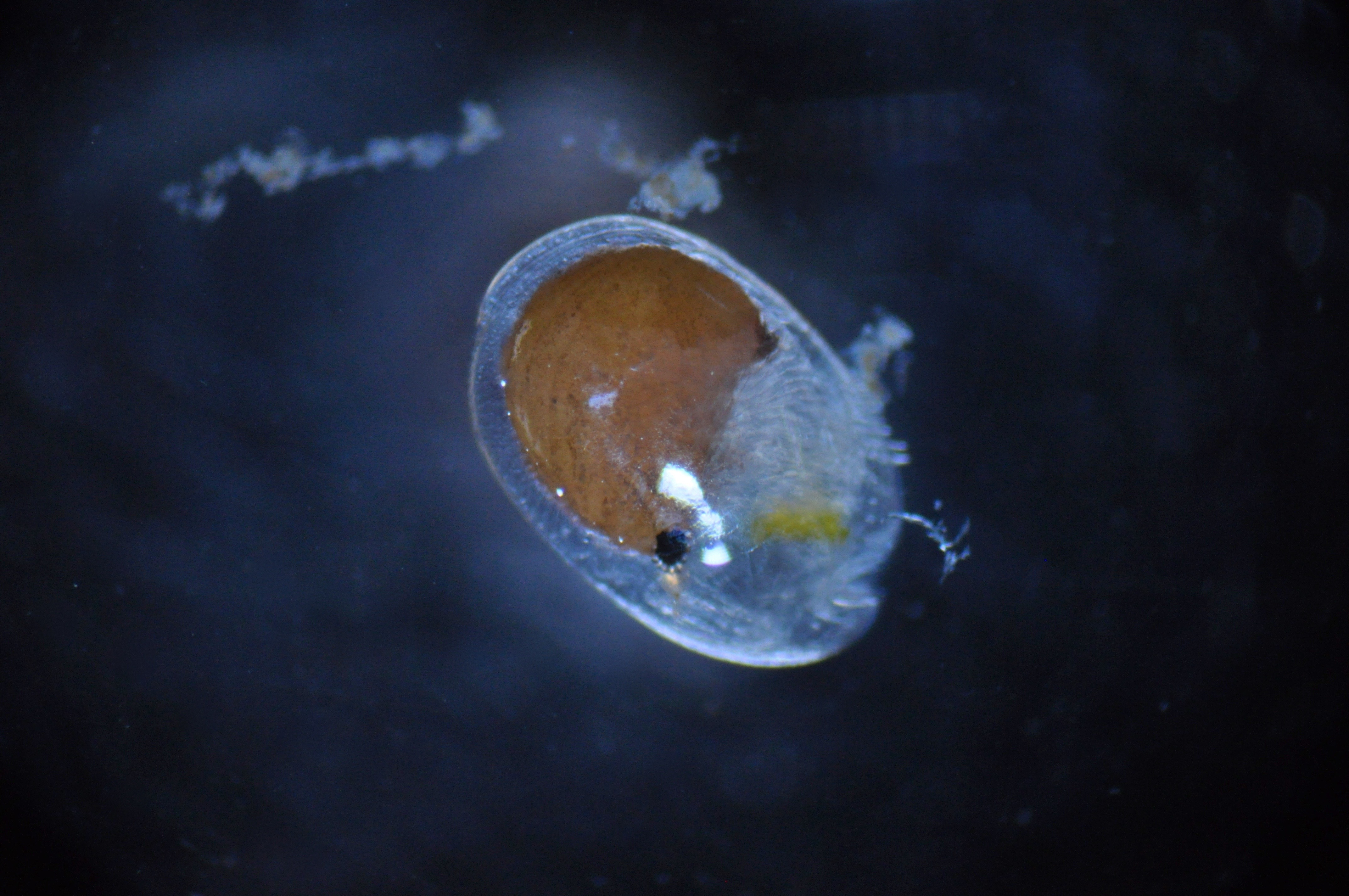The routine of taking a rapid COVID-19 test is one that’s become depressingly familiar to many of us in the years since the beginning of the pandemic. Generally, you need to wait with your fingers crossed for about 15 minutes before reading the result, but what if that timeframe could be shortened to just a minute? A new prototype test that’s being developed could do just that, and it takes inspiration from an unlikely source – bioluminescent crustaceans.
Bioluminescence, the ability to generate light, can be found throughout the natural world. From fairy lanterns, to fierce underwater hunters, to forests of foxfire, there’s no shortage of living glowsticks out there.
Generally, bioluminescence works through a reaction between an enzyme, luciferase, and its substrate, a class of proteins called luciferins. However, some luciferins are less fussy than others – they’ll react with other proteins, even ones not considered to be enzymes.
These special luciferins are known as imidazopyrazinone-type (IPT) compounds, and previous research suggested they could be put to use in medical tests that use the glow of these molecules to alert the user to the presence of a particular protein. Something like the spike protein of the SARS-CoV-2 virus, perhaps.
A team led by Ryo Nishihara and Ryoji Kurita at the National Institute of Advanced Industrial Science and Technology in Japan began investigating IPT luciferins from different species to see if any of them had potential for use in a COVID-19 test. Only one of the 36 molecules emitted light when it reacted with the spike protein, a luciferin found in tiny crustaceans in the genus Cypridina.

The luciferin produced by these tiny crustaceans could be the next big thing in virus testing.
Image credit: Buntan/Shutterstock.com
Over the course of a 10-minute reaction, enough light was released to be detected using a commercial luminescence-reading device – it was not visible to the naked eye, which will come as a blow to anyone planning a COVID test-themed rave in the near future. Another key point in this IPT molecule’s favor is that it was found to be selective, only reacting to the spike protein and not to six other proteins that naturally occur in saliva.
The cherry on the cake was that the luciferin-based test was found to be as accurate at detecting the spike protein in saliva samples as a test that’s currently used in vaccine development. The only difference was that it produced this accurate result in just one minute, significantly faster than any rapid test available to the public right now.
The authors write in their study that their method “offers a novel platform to detect virus antigens simply and rapidly without genetic manipulation or antibodies.” A future COVID test could use a simple “mix and read” protocol; the IPT luciferin could simply be added to a saliva sample from a suspected COVID patient, and any light emitted could then be detected.
And it’s not just COVID. Other coronaviruses like the one responsible for MERS, as well as influenza viruses, have spike proteins, and so are potential candidates for this new testing approach.
COVID looks set to be with us for a long time to come. Access to rapid testing remains important for a variety of reasons, and anything that can make the process quicker and easier is likely to be welcomed. If the authors can build on the success of this study, the next generation of test kits might even come with a glowing surprise.
The study is published in the journal ACS Central Science.
Source Link: New COVID-19 Test Prototype Glows (Literally), With Accurate Results In Just 1 Minute